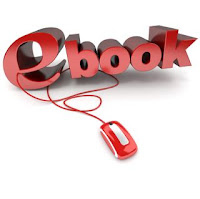Plot without conflict. Impossible? Not necessarily.
In the West, plot is commonly thought to revolve around conflict: a confrontation between two or more elements, in which one ultimately dominates the other. The standard three- and five-act plot structures—which permeate Western media—have conflict written into their very foundations. A “problem” appears near the end of the first act; and, in the second act, the conflict generated by this problem takes center stage. Conflict is used to create reader involvement even by many post-modern writers, whose work otherwise defies traditional structure.See the comic and read the rest of this thought-provoking article here: The significance of plot without conflict. Thanks to C.G. Cameron for the link.
The necessity of conflict is preached as a kind of dogma by contemporary writers’ workshops and Internet “guides” to writing. A plot without conflict is considered dull; some even go so far as to call it impossible. This has influenced not only fiction, but writing in general—arguably even philosophy. Yet, is there any truth to this belief? Does plot necessarily hinge on conflict? No. Such claims are a product of the West’s insularity. For countless centuries, Chinese and Japanese writers have used a plot structure that does not have conflict “built in”, so to speak. Rather, it relies on exposition and contrast to generate interest. This structure is known as kishōtenketsu.
Kishōtenketsu contains four acts: introduction, development, twist and reconciliation. The basics of the story—characters, setting, etc.—are established in the first act and developed in the second. No major changes occur until the third act, in which a new, often surprising element is introduced. The third act is the core of the plot, and it may be thought of as a kind of structural non sequitur. The fourth act draws a conclusion from the contrast between the first two “straight” acts and the disconnected third, thereby reconciling them into a coherent whole. Kishōtenketsu is probably best known to Westerners as the structure of Japanese yonkoma (four-panel) manga; and, with this in mind, our artist has kindly provided a simple comic to illustrate the concept.
I had heard something about this--creating plot without conflict--but never had described in any detail. Lovely idea. I would like to read a short story based on kishōtenketsu.
Other articles you might be interested in:
- Helping Writers De-Stress: Meditation Apps
- Spice Up Your Writing: The Passive Voice & Elimiating Passive Verbs
Photo credit: davidppatriot










